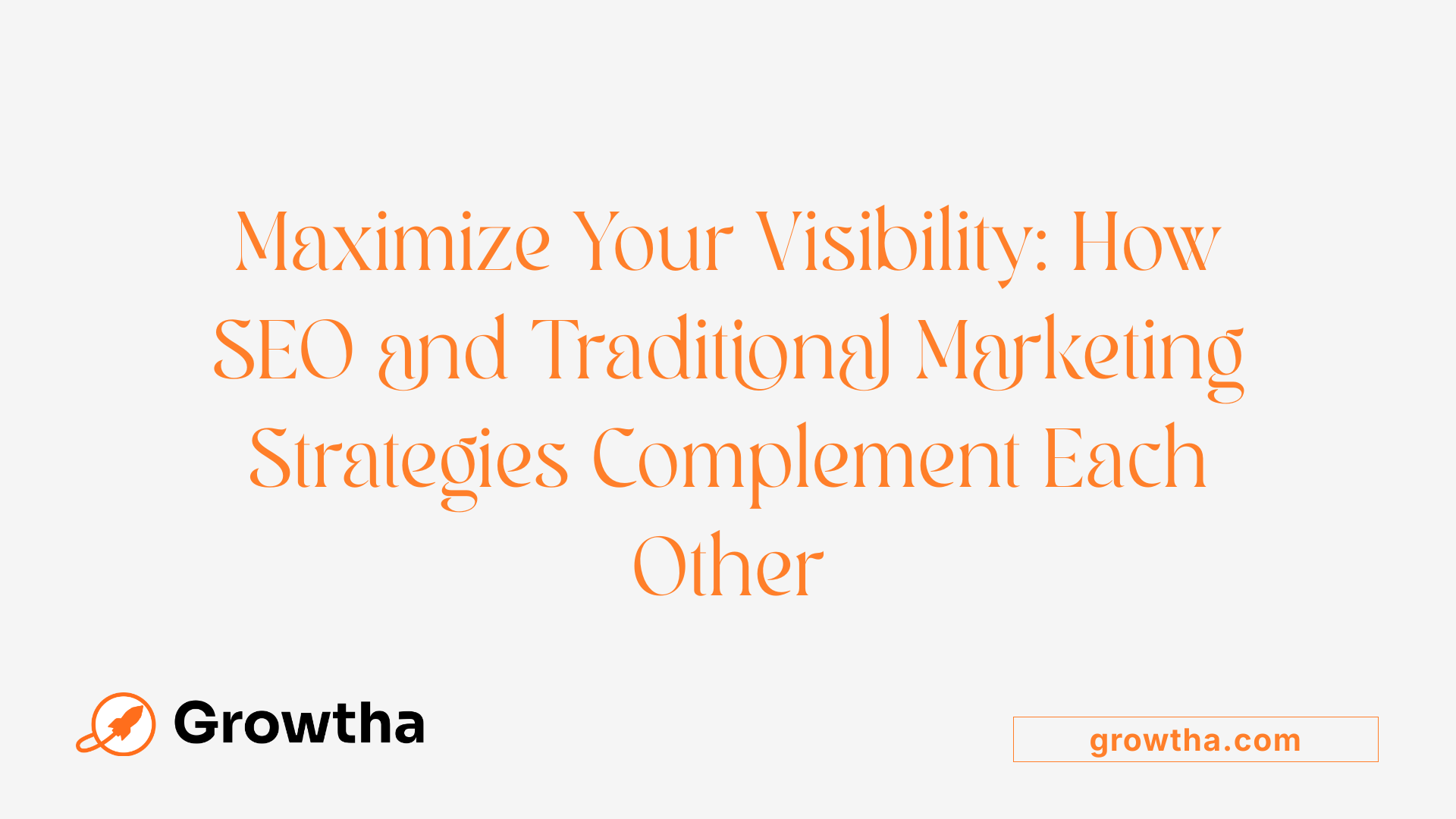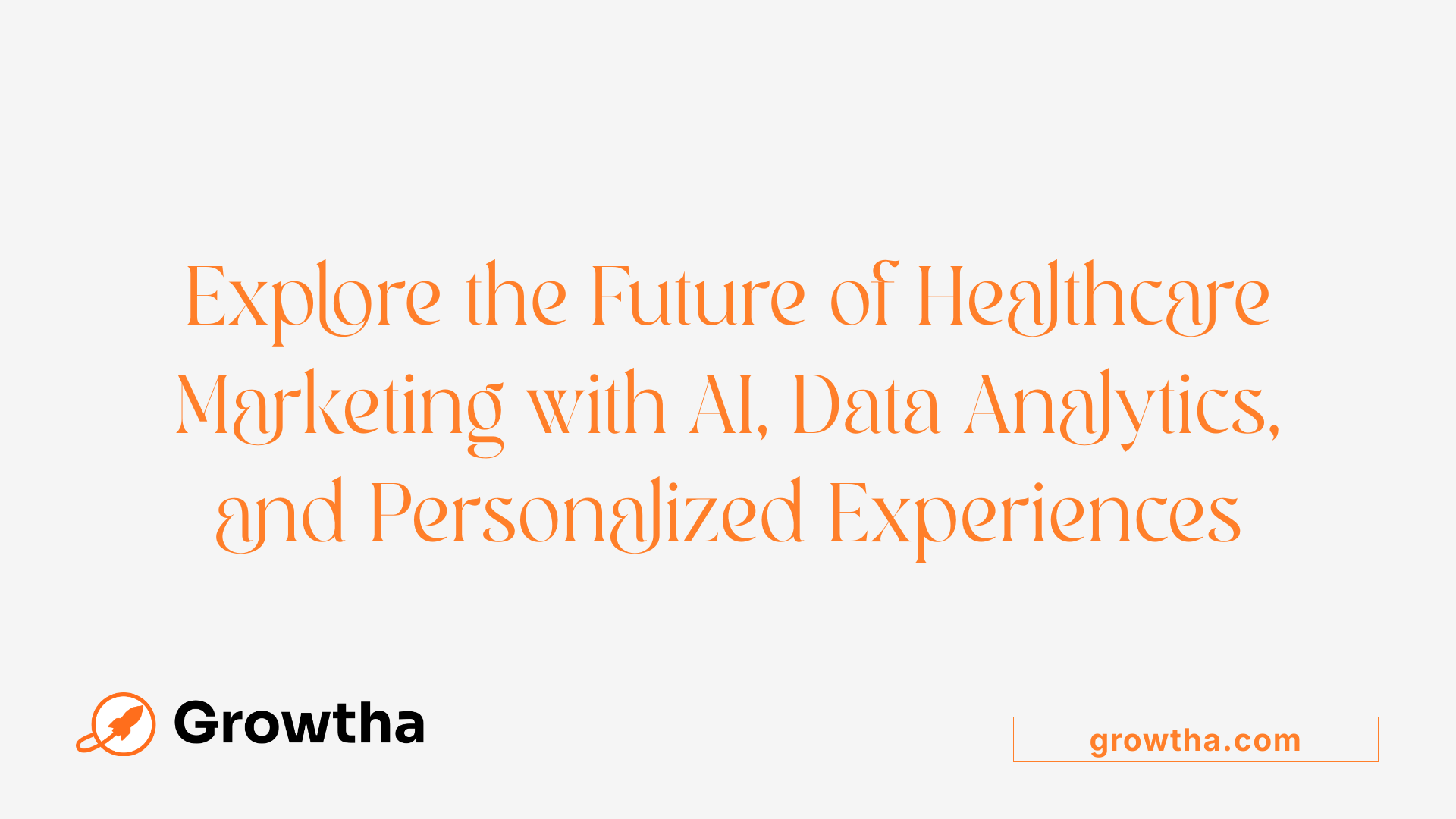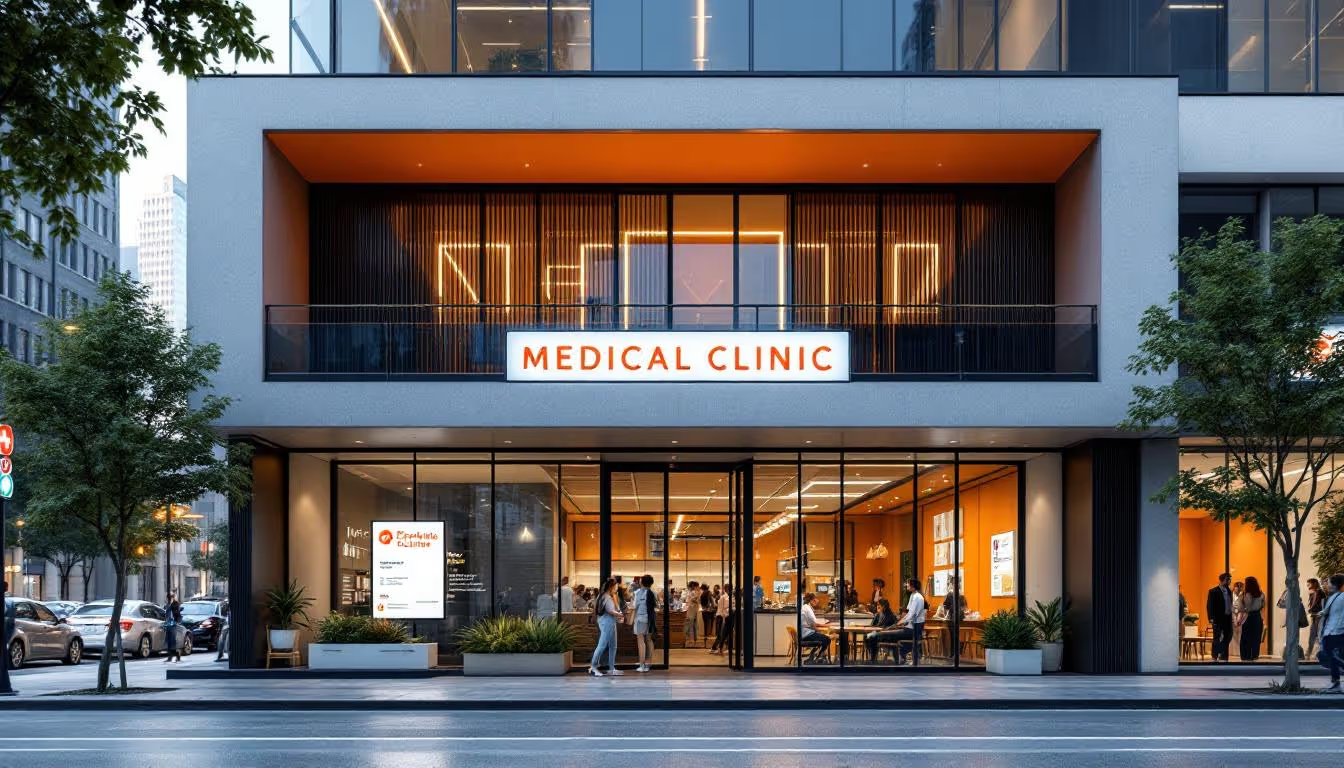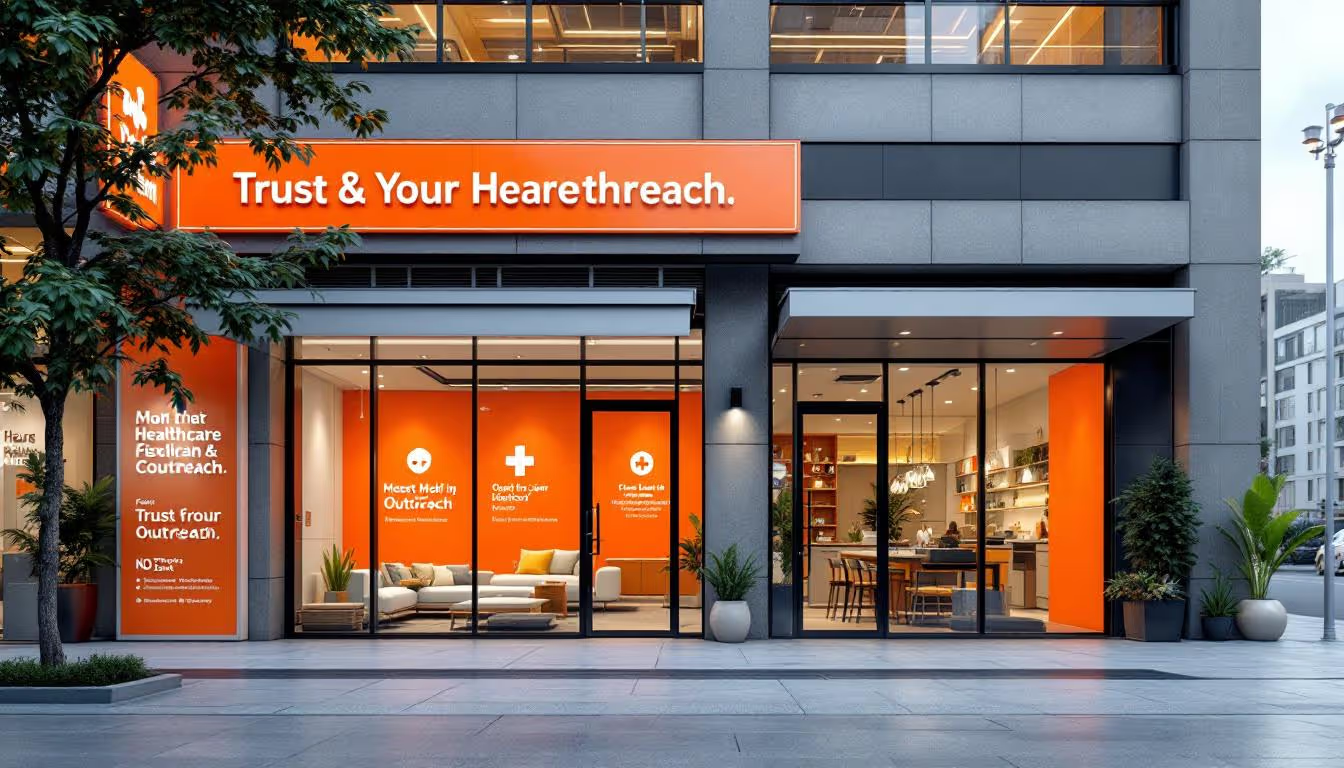Healthcare SEO vs Traditional Marketing
Transforming Healthcare Outreach in the Digital Age


Healthcare SEO vs Traditional Marketing
Evaluating the Shift from Traditional to Digital Strategies
The landscape of healthcare marketing is undergoing a significant transformation as digital strategies like SEO and SEM increasingly replace, or complement, traditional methods. This shift not only enhances targetability and measurability but also aligns with patient behavior, preferences, and regulatory standards. In this article, we explore the differences, advantages, disadvantages, and future trends of healthcare SEO versus traditional marketing, offering insights into how healthcare providers can leverage modern digital tools for maximum impact.
Understanding Healthcare SEO and Traditional Marketing

What are the differences between healthcare SEO and traditional marketing strategies?
Healthcare SEO and traditional marketing strategies serve the same ultimate goal of attracting patients and building trust, but they differ significantly in approach and execution.
Healthcare SEO focuses on optimizing a healthcare provider’s website and online presence to appear prominently in search engine results. This includes keyword research, creating relevant and accurate content, technical site improvements, and local SEO tactics like Google My Business optimization. The aim is to attract organic traffic—meaning visitors who find the practice naturally through search engines—while adhering to healthcare regulations such as HIPAA. This long-term strategy builds credibility and trust as patients see the provider as authoritative in their field.
In contrast, traditional marketing channels such as print ads, television, radio, and out-of-home advertising rely on broad outreach and exposure. These methods often have a tangible impact and are trusted by certain age groups, particularly older consumers. However, they lack precise targeting options, making it harder to reach specific audiences efficiently. Additionally, traditional campaigns offer limited data for measuring ROI accurately.
Digital healthcare marketing, including Search Engine Optimization (SEO) and Search Engine Marketing (SEM), provides advantages like precise targeting based on demographics, geographic location, and search intent. It also enables real-time tracking of campaign performance through metrics such as impressions, clicks, conversions, and engagement levels.
SEO and SEM complement each other well: SEO offers sustained, long-term visibility and credibility through high rankings and quality content, while SEM delivers immediate results through paid advertising campaigns that can be finely targeted to reach potential patients quickly. Combining both strategies allows healthcare organizations to maximize their online presence—building trust and authority over time while also capturing high-demand opportunities instantly.
Ultimately, healthcare marketing leverages digital tools to tailor messages, measure effectiveness, and meet the evolving expectations of modern patients more effectively than traditional channels can. It empowers healthcare providers to engage with patients where they are most active—online—leading to better patient relationships and business growth.
Strategic Approaches: Local SEO, Content, and Compliance

What are the advantages and disadvantages of healthcare SEO compared to traditional marketing?
Healthcare SEO presents a cost-effective and sustainable way for medical practices and organizations to increase their online visibility. Unlike traditional marketing channels such as print ads, TV, or outdoor banners, SEO focuses on improving a website’s ranking for relevant search terms, making it easier for prospective patients to find healthcare providers actively seeking their services.
One significant advantage of healthcare SEO is its ability to attract targeted traffic. By optimizing for local keywords and healthcare-specific queries, practices can reach nearby patients looking for specific treatments or doctors. This targeted approach not only increases the likelihood of patient inquiries but also helps build credibility as a trustworthy resource in the community.
Additionally, SEO offers measurable results through analytics tools that track website performance, conversions, and patient inquiries. This transparency enables healthcare marketers to refine their strategies continually. Over time, this organic growth reduces reliance on costly paid ads and can generate sustained patient engagement.
However, SEO also comes with challenges. It requires consistent effort, technical expertise, and patience since results develop gradually—sometimes taking months before significant improvements are seen. Additionally, healthcare SEO demands careful navigation of industry regulations such as HIPAA, which influences content transparency and data handling.
Traditional marketing methods, on the other hand, provide immediate exposure. Advertisements on TV or in print have tangible impact and established credibility, especially among older populations. However, these channels lack precise targeting capabilities, often reaching broader audiences with less relevance. They are also more expensive and harder to measure in terms of ROI.
Combining both strategies, leveraging the immediate reach of traditional media with the targeted, long-term benefits of SEO, creates a balanced and effective marketing plan. This integrated approach ensures broad awareness while attracting local patients who are currently searching for healthcare services.
In summary, healthcare SEO offers a sustainable, targeted, and measurable way to grow a practice’s digital presence, but it requires ongoing investment and regulatory awareness. Traditional marketing remains useful for brand recognition and credibility, especially among certain demographics, but it benefits from being complemented by digital strategies to maximize overall effectiveness.
Pay-Per-Click and Immediate Results through SEM
How does digital marketing, including SEO and search techniques, impact healthcare visibility?
Digital marketing plays a crucial role in enhancing healthcare visibility online. Search Engine Optimization (SEO) helps healthcare providers rank higher on search engine results pages (SERPs), increasing their chances of being found by potential patients actively searching for medical services. By optimizing website content with relevant keywords, improving site speed, and ensuring mobile-friendliness, practices can attract targeted local audiences.
Paid search strategies, such as Pay-Per-Click (PPC) advertising, enable providers to gain immediate visibility for specific health services or conditions. These ads appear at the top of search results, often leading to higher click-through rates. PPC campaigns can be precisely targeted based on demographics, location, and search intent, allowing for efficient patient acquisition.
High-quality, authoritative content tailored to patient questions builds trust and establishes credibility. Local SEO tactics, including Google My Business optimization and local citations, help attract nearby patients, making it easier for them to find and choose healthcare providers.
Moreover, combining organic SEO efforts with paid search strategies maximizes exposure. While SEO offers sustainable, long-term growth, PPC provides instant results that can be scaled or adjusted dynamically. Retargeting tools further help keep your practice in front of potential patients who have previously visited your website.
Overall, these digital search techniques significantly boost online visibility, increase patient inquiries, and lead to more appointments, making them essential elements of modern healthcare marketing.
Emerging Technologies and Future Trends in Healthcare Marketing

What are the future trends and innovations in digital healthcare marketing?
The future of healthcare marketing is set to be shaped by advanced technologies and innovative strategies that aim to improve patient engagement, trust, and overall health outcomes.
One of the most significant trends is the increasing adoption of artificial intelligence (AI) and machine learning (ML). These technologies enable healthcare providers to deliver highly personalized and predictive experiences for patients. For example, AI algorithms can analyze patient data to recommend tailored treatment options or health tips, making interactions more relevant and effective.
Data analytics will also play a crucial role by helping organizations understand the patient journey better. Through detailed insights, marketing efforts can be more targeted, ensuring that outreach reaches the right audiences at the right times.
An omnichannel approach is becoming essential in digital healthcare marketing. This involves integrating various channels such as digital advertising, content marketing, telehealth services, and online reputation management. By creating seamless experiences across platforms, healthcare providers can effectively engage and convert potential patients.
Video content will continue to dominate as a key communication tool. Clinician-reviewed videos, patient testimonials, and authentic success stories help build trust and credibility. Short, engaging videos are especially effective for explaining complex medical information in simple terms.
As data privacy and security regulations tighten, transparency and compliance will be vital. Healthcare organizations must uphold high standards for protecting patient information, which will influence how they collect, utilize, and share data.
Innovations like self-appointment scheduling tools, health media strategies, and inclusive, diverse content will make healthcare services more accessible and trustworthy. These advancements aim to enhance patient convenience, foster trust, and promote health equity.
In summary, future trends will revolve around personalized experiences driven by AI and ML, integrated multi-channel strategies, engaging video content, and strict adherence to data privacy standards. These developments will position digital healthcare marketing for sustained growth, better patient outcomes, and broader reach.
Cost-Effectiveness and Measurement of ROI
 Digital marketing in healthcare offers a more cost-effective alternative to traditional marketing methods such as print ads, television, radio, and outdoor advertising. Traditional approaches often involve high costs for media placement, production, and distribution, with limited ability to precisely target or measure success. In contrast, digital strategies, including SEO, paid search (PPC), social media, and content marketing, primarily incur costs related to online advertising, website management, and content creation, which can be scaled according to budget constraints.
Digital marketing in healthcare offers a more cost-effective alternative to traditional marketing methods such as print ads, television, radio, and outdoor advertising. Traditional approaches often involve high costs for media placement, production, and distribution, with limited ability to precisely target or measure success. In contrast, digital strategies, including SEO, paid search (PPC), social media, and content marketing, primarily incur costs related to online advertising, website management, and content creation, which can be scaled according to budget constraints.
A significant advantage of digital marketing is its ability to measure return on investment (ROI) through various metrics. Healthcare providers can track impressions, clicks, website engagement, appointment bookings, and patient conversions. These data points provide clear insights into campaign performance and cost-effectiveness.
Tools like Google Analytics 4 (GA4) and specialized healthcare marketing platforms enable real-time analytics while maintaining compliance with privacy regulations such as HIPAA. These platforms allow providers to analyze where patients are coming from, which campaigns drive inquiries or appointments, and how users behave on their websites.
By leveraging these analytics, healthcare organizations can optimize their marketing efforts swiftly—pausing ineffective campaigns, adjusting messaging, or reallocating budgets to high-performing channels. This agility ensures that marketing spend delivers measurable results and sustainability.
Overall, digital marketing's ability to combine targeted outreach with detailed analytics not only maximizes cost efficiency but also furnishes healthcare providers with comprehensive ROI metrics to continually refine their strategies.
Integrating Digital and Traditional Strategies for Maximum Impact
What are the advantages and disadvantages of healthcare SEO compared to traditional marketing?
Healthcare SEO plays a vital role in modern healthcare marketing because it offers long-term visibility through improved organic search rankings. By focusing on relevant keywords, technical optimization, and local SEO tactics, practices can attract patients actively searching for medical services, making it a cost-effective and measurable approach. Tools like Google Analytics help track website traffic, conversions, and engagement, allowing healthcare providers to refine their strategies continuously. This targeted exposure not only increases online presence but also boosts reputation and credibility by appearing prominently in search results.
However, SEO demands ongoing effort and patience; results often take months to materialize, and maintaining compliance with industry regulations is essential. The complexity of medical terminology and the need for accurate, trustworthy content require careful content creation and regular updates.
In contrast, traditional marketing methods such as print ads, TV, radio, and outdoor advertising provide immediate exposure with tangible impact, especially among certain demographic groups, like older adults who still trust these channels. These methods can generate quick awareness and reinforce brand recognition, particularly in local communities.
Nevertheless, traditional tactics lack the precise targeting and real-time performance measurement of digital strategies. They often involve higher costs with less flexibility for adjustment once campaigns are launched.
Integrating both approaches—known as a hybrid marketing strategy—combines the rapid, broad impact of traditional media with the targeted, trackable, and cost-efficient benefits of healthcare SEO. This blended approach ensures that healthcare organizations can reach diverse audiences effectively, maximize engagement, and achieve sustainable growth in patient acquisition.
Navigating the Future of Healthcare Marketing
As healthcare organizations continue to adapt to evolving digital landscapes, leveraging the combined strength of SEO, SEM, and traditional marketing approaches will be crucial. While digital strategies offer precise targeting, real-time insights, and cost-effectiveness, traditional channels still hold value in building credibility and reaching specific demographics. The future of healthcare marketing lies in an integrated, patient-centric approach that prioritizes trust, compliance, and innovation. By embracing emerging technologies such as AI, voice search, and immersive content, providers can enhance patient engagement, improve outcomes, and sustain growth amid rapid technological advancements.
References
- Digital Marketing v/s Traditional Healthcare Marketing
- What's the Difference Between SEO & SEM in Healthcare?
- Medical SEO and Healthcare SEO: Is There A Difference?
- Why Traditional Media Works for Healthcare Marketing
- SEO for Healthcare: Technical vs. Non-Technical
- The Role of Digital Marketing in Healthcare | Further - GoFurther.com
- Medical SEO vs. Traditional SEO | New York Medical SEO







